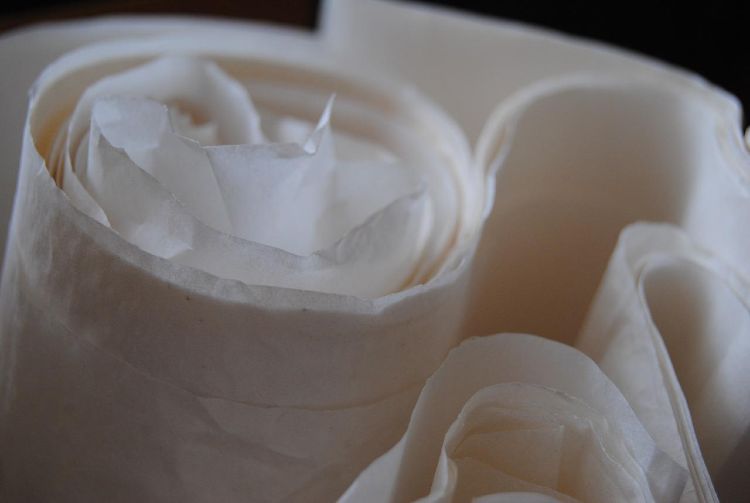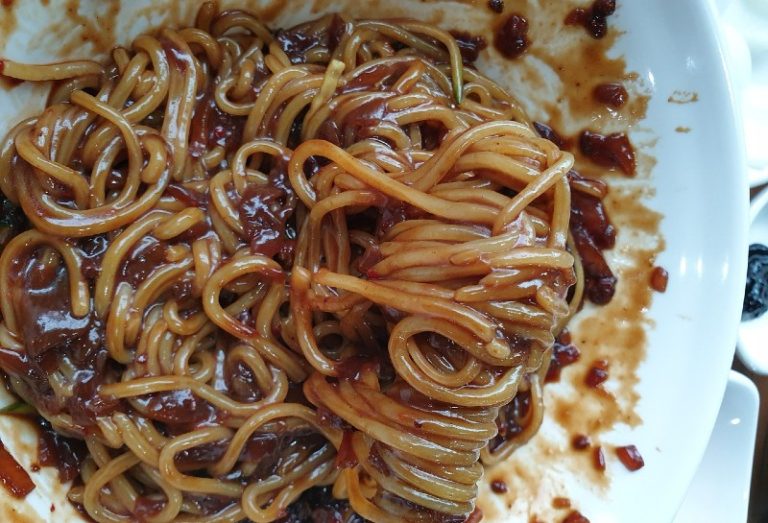The Food of Empire: How Mrs. A.R. Barnes Helped Colonial Housewives in British Africa in 1890
“Nothing contributes so much to the discomfort of a home as badly or wastefully cooked food, and it is hoped this book will assist those who have had little or no opportunity of learning to cook until they find themselves in a home of their own; who yet, being apt to learn, may only need a little practical guidance to enable them to succeed.”
Mrs. A.R Barnes, Kimberley, South Africa, 1889
Continuing my series on the food of the British colonial empire in Africa, I would like to introduce you to the work of Mrs. A.R. Barnes, author of “The Colonial Household Guide”, published by Darter Brothers and Walton, Cape Town, and African colonial cook book, a later edition published as “Where The Lion Roams”, by Jeppestown Press in 2006.
This book offers an intriguing socio-historic insight into the challenges faced by colonial settler women during the end of the nineteenth century. Like her contemporary, Hildagonda Duckitt, who wrote “Hilda’s Where Is It Of Recipes” {Chapman and Hall, 1891} and “Diary of a Cape Housekeeper” {Chapman and Hall 1902}, Mrs. Barnes created a practical guide of how to source and use the local ingredients that Victorian housewives would have found upon arrival to their outposts, far, far away from Britain and without the reference point of family or friends.
Although written from the author’s home in Kimberley, South Africa, the application of this book could be useful to cooks throughout the British African colonies, which spanned from The Gambia, Sierra Leone and the Gold Coast in the West to Somaliland and Anglo-Egyptian Sudan in the East and Swaziland, South Africa, Rhodesia and Bechuanaland in the South.
The families who came to settle in British Africa during the so called “scramble for Africa” at the end of the eighteenth century came from mainly lower and upper middle class backgrounds. Many women followed their husbands who came to work in the diplomatic service, in the British Army, or were professionals in either medicine, engineering, teaching or agriculture. Families came from the trading, mercantile and bureaucratic echelons of British society, and the great leveller of expatriate anonymity meant that many could reinvent and recreate their lives here. Some came as missionaries, to convert the black population to Christianity and to set up schools. There were also upper class landowners who came to Africa to appropriate swathes of land that would later provide dynastic wealth to their ancestors through coffee, sugar, tobacco, grain and cereal plantations as well as mining, and while the ships that carried goods back to Britain navigated their return journey to the colonies, they brought supplies from the motherland that ensured Britain’s colonial families prospered and grew.
The average British colonial housewife, however, had to be self-sufficient and knowledgeable in how to look after her own domestic kingdom. The ingredients she would have purchased for her new African larder, grown in her kitchen garden and found in the local markets, as I highlighted in my previous article, would have been very different from those she would have been used to at home, and works such as The Colonial Household Guide would have been invaluable in helping her come to terms with these changed circumstances. In some cases these changes would have been beneficial and in some cases pejorative, as the book indicates.
Their new life in Africa did provide a new level of social freedom, space, warmer weather, economic wealth and agricultural land, however the rewards of empire were counter-balanced by the inherent difficulties of travelling to undeveloped, unchartered and in some cases hostile territories.
More significant than just a recipe book, like The Book of Household Management by Isabella Beeton, this guide upheld the importance of maintaining appearances, promoting the imperial dream and delineating propriety and sobriety by having well risen bread dough, porcelain jelly moulds, clean front steps, well laundered and aired bedding, scrubbed corners and sufficient kindling and coal by the fireside.
Most of the book dedicates itself to familiar repasts and recipes, such as classic breakfasts of ham, eggs and bacon and also offal, such as liver, kidneys and tripe, as well as Scotch Haggis, suet crust pies, sausage rolls and mince pies and brawn. South African dishes, of Dutch origin, are also included, such as Frikadels {breadcrumbed leftover meat patties made with fried onions, parlsey and beaten eggs}, Keokuk toast {a version of eggy-milky fried bread}, Bredies {mutton cooked with either cabbage or beans} and Sasaatjes {a chilli-curry-tamarind-garlic flavoured meat dish made from either pork or lamb, and kept for several days}.
With the building of colonial railways fresh fish became transportable from the coasts to more inland areas of the Empire, and so recipes such as fried fishcakes, lemon soles, curried fish, stewed eel and the frying of “The Baba” {an African rich-fleshed fish caught in the muddy banks of rivers} are noted. Blatjang, the Afrikans and Malay word for chutney sauce, is a suitable accompaniment to such dishes, and the methodologies of curing via salting, brining, pickling and broiling are also explained.
For European women in 18th Century Africa the problem of finding fresh ingredients, when markets were often several days away by carriage, was compounded by great heat during the day and vermin at night. The preservation of food was crucial, and this book includes a roll call of recipes for tinned shrimps, sardines, salmon, and tuna, as well as corned beef and salt pork. The good colonial housewife would have busied herself with the harvest: mulberry, guava and gooseberry jams, preserved naartjes {mandarins} and figs, apricot convyt {confit} and green Spanspek melon preserve were a way of ensuring nourishment during leaner months.
In the game section wild buck, antelope, pigeons and hares are hung, skinned, drawn, quartered and cooked in butter, or roasted and served with gravy, parsley and potatoes.
The vegetable section is most interesting in that the colonial cook is here required to acculturate her cooking to the seasonal produce of the African soil, so Natal beans, green mealie cobs, sweet potatoes and tomatoes feature as central stalwarts of the dinner table. Yet in the pudding chapter it is as if the ship had never sailed out of the protective harbour of British water: Chiswick pudding, roly-poly jam pudding, lemon meringue pie, tapioca pudding and Bath buns are evocative of the green and pleasant land left behind.
What was most indicative of the great social upheaval faced by colonial women who accompanied their husbands to their foreign outposts was the delicate relationship between the lady-of-the-house and her black servants. Mrs. Barnes is unequivocal in her summation of who should be employed as a household servant and who should be avoided:
“Most persons who have resided for any length of time in South Africa prefer raw native servants. English speaking ones are generally regarded as dangerously “slim” and as having lost honesty, whilst acquiring the white man’s vices without his virtues”.
The relative poverty of many native Africans, displaced from their smallholdings and farms by expansionist colonial agricultural policies, meant there was no shortage of cheap labour available for domestic service, but Mrs. Barnes acknowledges that it is very important for “colonial born” white settlers to teach their daughters how to scrub a room, sweep dust, eliminate cobwebs, light a fire, trim lamps, clean boots and use lemons and salt to polish a copper pot. A knowledgeable and experienced mistress was able to show her servant what was required in the home much more effectively, and therefore was more likely to be respected.
Protection from the elements and the vagaries of Mother Nature is high on the list of priorites too: a traditional African cow dung floor wash is used to harden earthen floors; a quassia mixture is made to ward off flies; ants are killed with tobacco water or camphor and coconut oil; Eau de Cologne and vinegar are listed as useful in deterring mosquitoes.
And in a continent where few doctors, nurses and hospitals existed to look after the health and wellbeing of Africa’s burgeoning population, it was up to books such as The Colonial Household Guide to provide help and support when the spectre of disease and death cast a dark shadow on the already harsh day-to-day life. Diseases and ailments such as diphtheria, swamp fever, malaria, dysentery, snake bites, small pox and typhoid were common and often lethal, so that quinine, nitre, sulphuric acid, tincture of benzoin, tar and turpentine were as important in the medicine cabinet as fresh ingredients were in the larder.
Above all there is a sense of urgency and ergonomic preparation in Mrs. Barnes’ work, to ensure that the colonial lady-of-the-house was prepared for all emergencies, with “Kafir” blankets, mustard water, borax solutions and saltpetres at the ready. Far away from their homeland, directing servants from a totally different culture, in a foreign language, engaging in domestic practises that required a deeper understanding of the land, its produce, animal husbandry, the weather, clean water, the preservation of food, daily hygiene and human survival, the lives of the colonial settler women must have seemed at times uncomfortable, fragile and perilous in turn.
Mrs. Barnes writes
“The chief object of this book is to assist in their duties the housewives and mothers of the colony.”
It does so in a way that is serious in tone, matriarchal in message and encyclopaedic in range. The British ruled their dominion lands in Africa with force and the strength of the occupying male rulers precluded weakness and fragility in their womenfolk.
To discuss this topic further, in the next article in the series I am going to examine the work of “The Kenya Settlers Cookery Book and Household Guide” compiled by Isabella Cunningham and Maud Sarinson, first published by The Church of Scotland’s Guild in 1928. It offers a unique glimpse into the lives of colonial housewives at the start in the early 20th Century and begins with the rather condescending preface that this work is invaluable to those colonial settlers who may find themselves with incompetent or untrained native cooks or houseboys.


